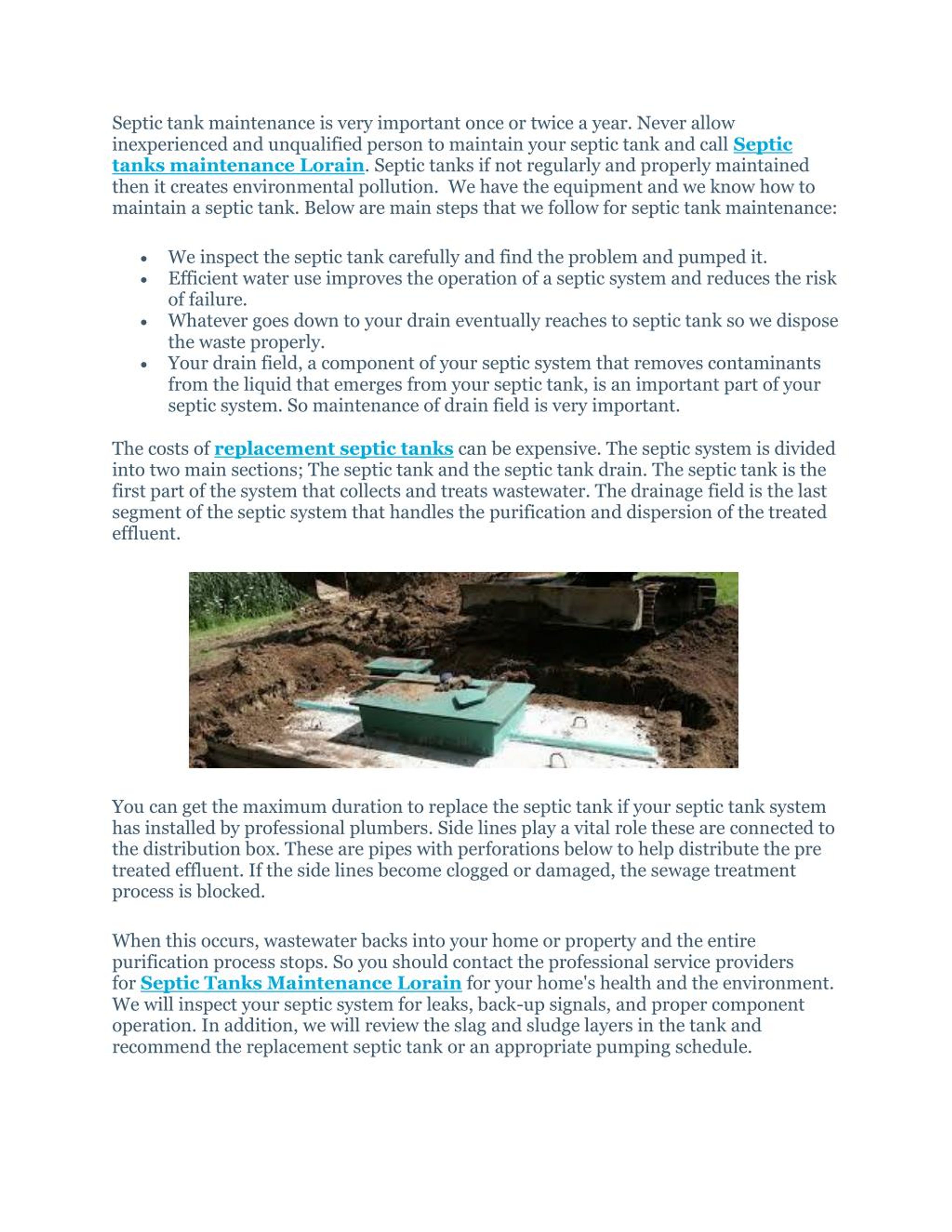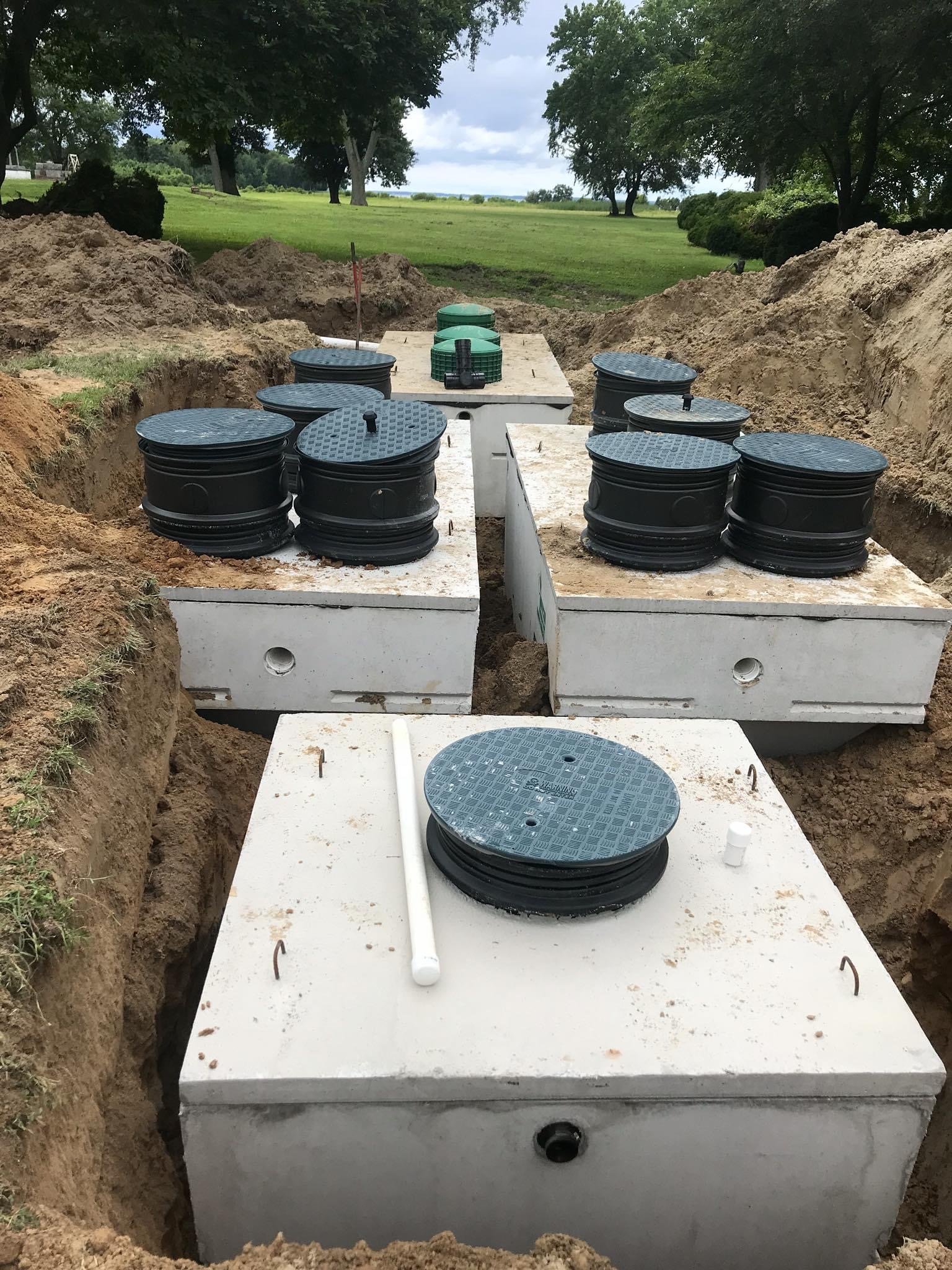The 15-Second Trick For Stillwell Septic And Grading
The 15-Second Trick For Stillwell Septic And Grading
Blog Article
What Does Stillwell Septic And Grading Do?
Table of ContentsExcitement About Stillwell Septic And GradingGetting The Stillwell Septic And Grading To Work9 Easy Facts About Stillwell Septic And Grading ShownThe smart Trick of Stillwell Septic And Grading That Nobody is Talking AboutThe Only Guide for Stillwell Septic And GradingThe Basic Principles Of Stillwell Septic And Grading
A dripping bathroom can squander hundreds of gallons of water a day. Take bathrooms with a partially-filled bathtub and do not leave the faucet running when doing various other jobs. Laundry only complete tons of dishes and laundry.
The Definitive Guide for Stillwell Septic And Grading
Avoid shedding piles of leaves or branches over the drainfield, as the warmth could damage the plastic pipelines listed below. Limit the addition of topsoil or garden compost to no more than two to three inches over the drainfield. Stillwell Septic. A great regulation of thumb for landscaping over drainfields is to use shallow-rooted plants that do not need added topsoil to grow
Turf is the ideal cover. Avoid trees, bushes, and water-loving plants with deep origins. Grasses, mixed wildflowers, and ground covers with shallow origins are excellent alternatives. Plant trees and bushes at the very least 30 feet away from your septic container and drainfield to keep roots from entering into and breaking or obstructing the drainfield pipes.
For more details please visit the Landscaping Your Drainfield page. A septic system failing creates neglected sewage to be released and carried to where it ought to not be. This might trigger sewage to come to the surface area of the ground around the storage tank or the drainfield or to support in pipelines in the structure.
Stillwell Septic And Grading - An Overview
The individual who drops in obtains out without severe injury. A youngster's awful death is a pointer to examine your septic system for damaged or missing out on lids. https://triberr.com/stillwellsag. Proprietors of septic systems are accountable for making sure the systems are safe and feature appropriately, consisting of having a protected lid on the containers
Usage screws, screws, or various other locks to safeguard the covers and protect against easy access. Never drive or park automobiles on top of septic systems- it can harm or displace the cover.
How Stillwell Septic And Grading can Save You Time, Stress, and Money.
Make sure the covers are secured after functioning on your septic system. Instruct children that the septic container lids are not to be played on or opened up.
Keeping in mind the levels will certainly assist identify if there is a potential concern with the system. The tank will certainly be totally pumped down, removing all of the liquid and strong waste - Stillwell Septic. Once the container is totally pumped, the inlet and outlet tees of the will certainly be inspected to ensure they are still undamaged and working properly
Fascination About Stillwell Septic And Grading
If you are home at the time of service (entirely not needed if that's not your point) you might be asked to flush your commodes to ensure everything is streaming appropriately. As soon as the solution is complete, the septic storage tank will certainly be covered as it was when we got here! Specialists advise having your system pumped every 3 to 5 years but a number of variables should be thought about when determining how commonly your sewage-disposal tank requires to be serviced.

If you are experiencing odors in your house, offer us a phone call. This can be a sign of an impending septic back up! Potentially. If your septic has actually not been serviced in even more than 6 months, we would want to service the septic. If the issue persists, a drain cleaner will after that be sent to clear the line to the sewage-disposal tank.
The Best Guide To Stillwell Septic And Grading

If the ponding is focused over the leach field that might suggest a leach line is blocked with Bio-Mat and needs to be fixed or changed. Many sewage-disposal tanks have two to 3 covers; one over the inlet side of the septic system (where the water from your home goes into the container), one in the center of the tank, and one on the outlet side of the storage tank (where the fluid from the container departures to your leach field).
Cut up food particles do not break down in the septic storage tank and can make their escape into your leach area lines creating clogs. Rubbish disposals, even those marked septic risk-free, are ruled out helpful for your septic tank. Appropriate functioning degree is where the water degree in your tank satisfies the electrical outlet tee of the tank.
Report this page